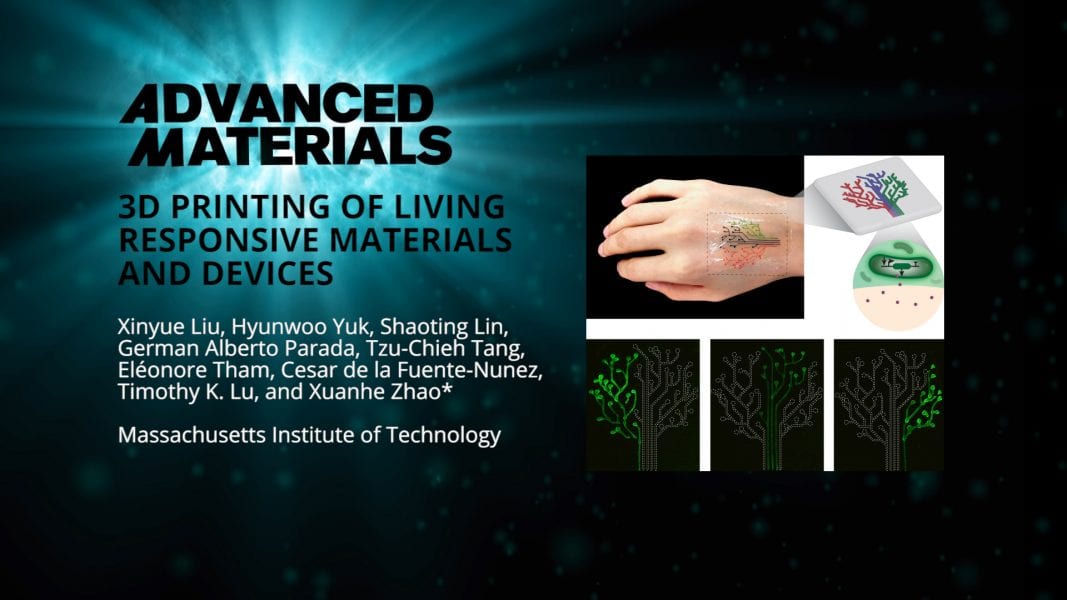Additive Industries and SMS group jointly develop a production system for additive manufacturing of metals in industrial scale.


Additive Industries and SMS group jointly develop a production system for additive manufacturing of metals in industrial scale.
![Nanostructured Water Treatment Membranes Based on Thermotropic Liquid Crystals [Video]](https://www.advancedsciencenews.com/wp-content/uploads/2018/02/advs20170405_ASN_image.png)
A team of researchers design sub-nanoporous, selective membranes for water treatment using self-assembled liquid crystal (LC) monomers. The membranes show salt rejection ability, ion selectivity, and excellent water permeability.

Cell printing using this new electro-hydrodynamic technique allows the creation of cell structures with multiple layers and a high cell viability.

Next-generation electronics should be wearable, versatile, and energy-efficient. A new sensor systems combined with a triboelectric nanogenerator provides an excellent solution.

All articles of the recently published first issue of Advanced Theory and Simulations are freely available for a limited time

Bacteria trapped inside porous beads function as efficient living biocatalysts and can be assembled to perform preprogrammed sequences of reactions.

A cationic iridium complex emitter in a light-emitting electrochemical cell is used to study the competing effects on the dielectric constant by varying the size of the negative ions with it.

Dual-contrast MRI for real time monitoring of transplanted stem cell delivery, migration and death.

Latest Advanced Healthcare Materials covers.

A group of researchers from the Massachusetts Institute of Technology (MIT) generate living materials and devices by 3D printing genetically programmed bacterial cells. The living bioink can be used to print novel materials including logic gates and a living tattoo for chemical detection on human skin.